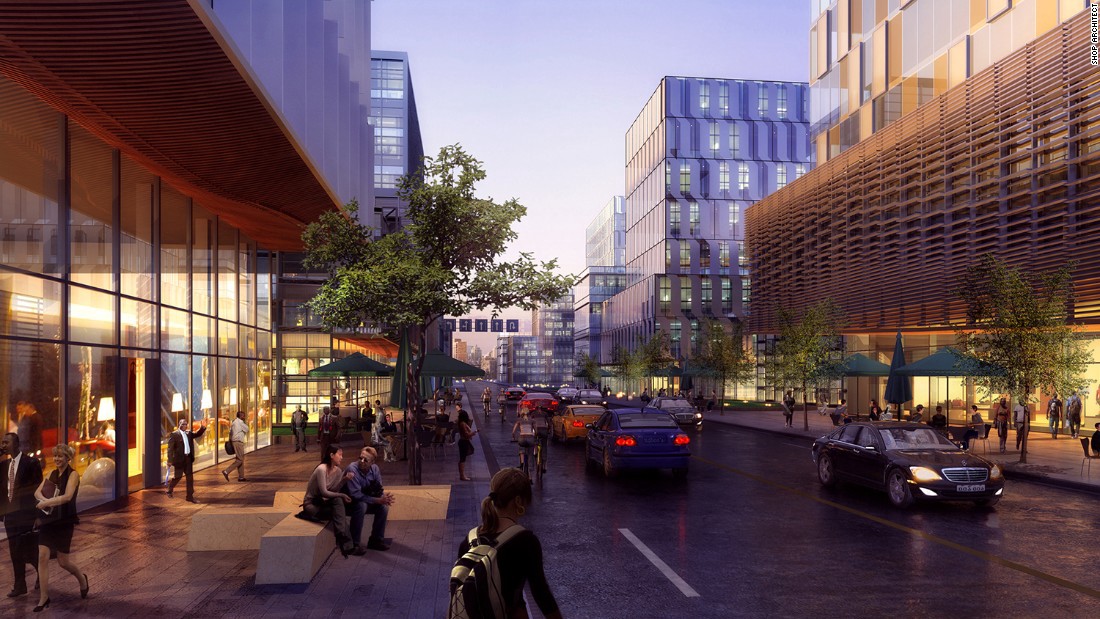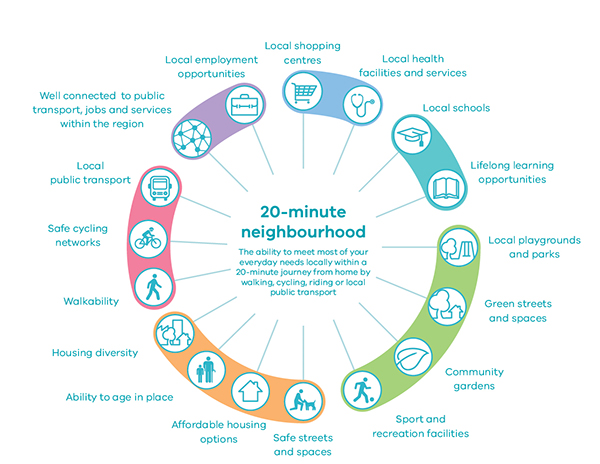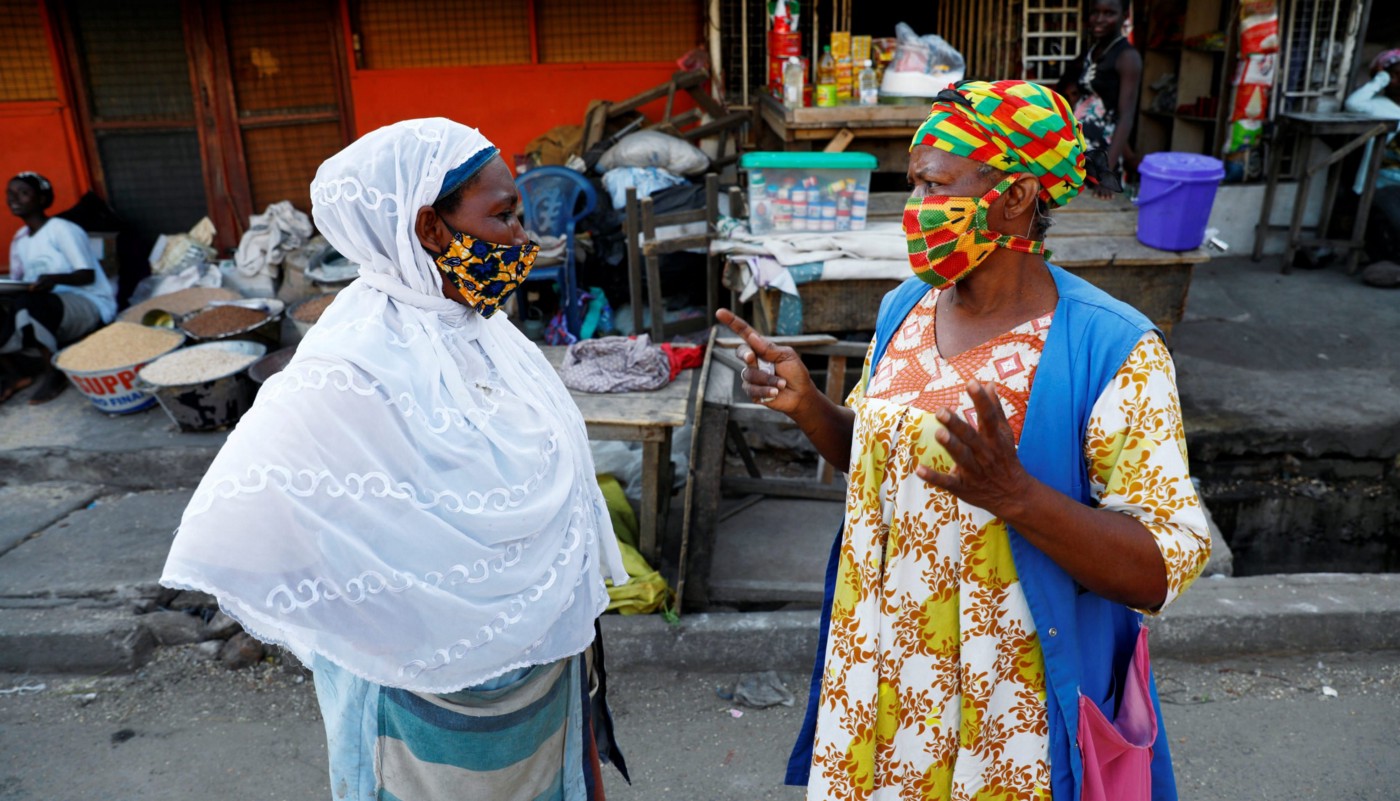Africa Must Stop Reacting and Start Acting: Urban Design is the Antidote for the Continent’s Next Health Crisis.
May 11, 2020 africa / Business / cities / COVID-19 / England / Ghana / Healthcare / Hospital / innovation / investment / London / Medical / SARS / Senegal / Urban

Extraordinary times require extraordinary responses
May 15th 2020 The Guardian published an interesting article titled “Africa facing a quarter of a billion coronavirus cases, WHO predicts”. The report approximated 220 million Africans based on that article. Now, while the western media predicted doom and gloom for the youngest continent on earth, data seems to be painting a completely different picture during this pandemic. I partly blame Africa for not taking control of her narrative and not shedding enough light her success stories. It was not until the former British barrister and daughter of a Ghanaian lady, Afua Hirsch that Africa’s positive COVID-19 stories surfaced. She highlighted Senegalese handling of COVID-19 that makes the likes of Italy and England envious. This small west African nation took a textbook approach to handling COVID-19 pandemic. It was the methodical and decisive approach that led to only 30 deaths. The Senegalese government displayed compassion never seen anywhere yet. Each of the bereaved family was visited and consoled by the Macky Sall ’s government. Senegal was also able to invent a $1 COVID-19 test kit which works the same way as the $308 England version.
Another untold story is that of Ghana. Ghana focused more on “pool testing” in which multiple blood samples are tested and then followed up as individual tests only if a positive result is found. Today, the World Health Organization is studying the Ghana approach. As the results of Africa’s response to COVID-19 gain more visibility, the most powerful nations will need to study what went right among smaller and less powerful ones. By March 2020, Ghana had carried out more COVID-19 tests that the US states of Montana, Hawaii, Wyoming and Vermont combined.
While Africa’s response to COVID-19 is noteworthy, the tendency to react rather than acting still prevails. Granted,Africa was this time fortunate to experience the COVID-19 tragedy after many other nations. This gave her time to prepare and plan based on the available information. Africa must not let the worst blight go to waste.
Looking back to see forward
Let us go back to London in 1854. The largest city at the time, London was hit hard by a terrible cholera outbreak. Many of the then scientists believed this disease was airborne. However, there was a dearth of evidence to support this theory. It was Dr. Snow who through investigative means linked the outbreak to contaminated water well in Soho which was the epicenter. It was the results of this work and desire to avoid a repeat that led to what we know today as the modern sewage system. A similar story can be told about the tuberculosis epidemic in New York in the early 20th century. This epidemic paved the way for improved public transit systems and housing regulations. Comparably, the 2003 SARS outbreak led to Singapore and Hong Kong’s upgrade of the medical infrastructure to create systems that can map the disease.
Urbanization and Social Distancing
Africa’s urbanization rate of 3.5% per year is the fastest in the world. The United Nations reports that by 2050 more than two-thirds of the global population will live in urban areas. It was Dr. Rudolf Virchow that founded the term social medicine. This discipline seeks to implement social care through understanding how social and economic conditions impact health, disease and the practice of medicine and fostering conditions in which this understanding can lead to a healthier society. Studies have also shown that with proper urban design a society can increase life expectancy. Neighborhoods with lower income and education levels often lack sufficient green space, sidewalks, bike routes and adequate housing, contributing to lower physical activity levels and higher rates of chronic diseases such as obesity and heart disease.
The Future of African Cities
It is against this backdrop that Africa must seize this moment and take action to cope with the new realities. Most African countries are presently and aggressively working to realize their visions of becoming middle income economies. I have glanced at Tanzania’s Vision 2025, Kenya’s vision 2030, Rwanda’s vision 2035 and many others. I am yet to see plans that will deal with the next epidemic or pandemic. Better yet, plans that will help the continent control epidemics. I believe the answer to this lies in urban design.
As early as 400 BC, Hippocrates theorized that poor physical environments, like bad air and water, caused illness and disease, and believed that going to areas with fresh air and water were essential to health. The now common word quarantine which means restricting the movement of people or goods is rooted in the Italian word quaranta giorni which mean “forty days,”.This is a reference to preventative measures taken in Venice during the middle ages to stop the spread of the bubonic plague. Ships arriving from areas affected by the “Black Death” were required to anchor for 40 days before the crew could disembark. It is now clearer than ever before that the most critical response to epidemics and pandemics is more a physical one than a biological one.
Africa’s Cities Must be Designed to be Medical
 Africa must glance at the past to design cities of the future by looking spatial response to disease control. Focus must be placed in building cities that are resilient, self-reliant and those that improve health outcomes. Architecture and urban design should be designed to be medical, to be able to control the spread of the next epidemic.
Africa must glance at the past to design cities of the future by looking spatial response to disease control. Focus must be placed in building cities that are resilient, self-reliant and those that improve health outcomes. Architecture and urban design should be designed to be medical, to be able to control the spread of the next epidemic.
Paris’ Mayor, Hildago plans to build the “15-minute city”. This will enable residents to access every basic need from work, health, shopping, and culture within 15 minutes from there doorstep. This modification is projected to cut down on air pollution that kills 3,000 people a year primarily caused by car traffic. This approach also saves work hours lost in transportation to and from work. This is not unique to Paris; Barcelona (Spain), Portland (Oregon), Melbourne (Australia) and many other cities around the world are modifying urban planning to make cities healthier. One of the key components of these healthy cites is parks that serve as the lungs of our cities. A great example if Vienna’s Parc de la Distance. This park will have numerous routes divided by 90-centimetre-wide hedges to maintain a safe physical distance between its visitors. Arranging the paths in a fingerprint-shaped swirl pattern creates many routes that can be used simultaneously. Each of the red-granite gravel paths through the park would be around 600 meters long and circulate visitors from the edge of the park to the center, where fountains would be located, and back round.
Conclusion
The public health effects of urban design have become increasingly apparent over the past decades. Life expectancy can be increased or decreased depending on the part of town you live in. Neighborhoods with lower income and education levels often lack sufficient green space, sidewalks, bike routes and adequate housing, contributing to lower physical activity levels and higher rates of chronic diseases such as obesity and heart disease. I still believe the COVID-19 pandemic is a blessing in disguise. Taking the lessons from this pandemic will enable the continent to prepare for the next one. It’s time to examine the future of the cities in correlation to the health of the population the continent desires to succeed. Let future city designers have that at the very core. I don’t know what the next pandemic will be, but I know for sure its management lies in the nature of the future cities. Africa must act now to avoid reacting once again in the future.
By our Guest Writer

Ben Kazora
« World against COVID-19 – Impact on Education by Guest Writer

